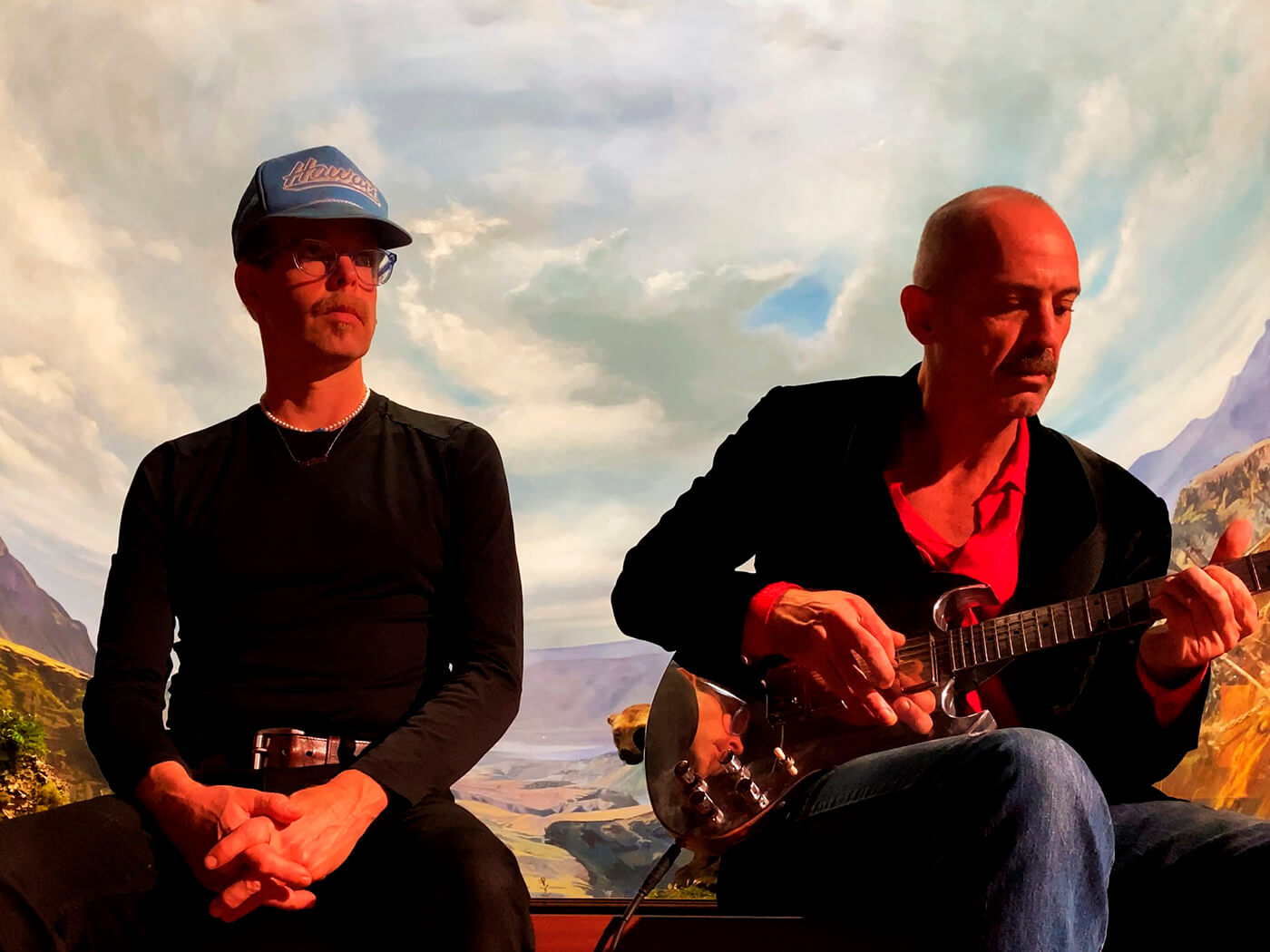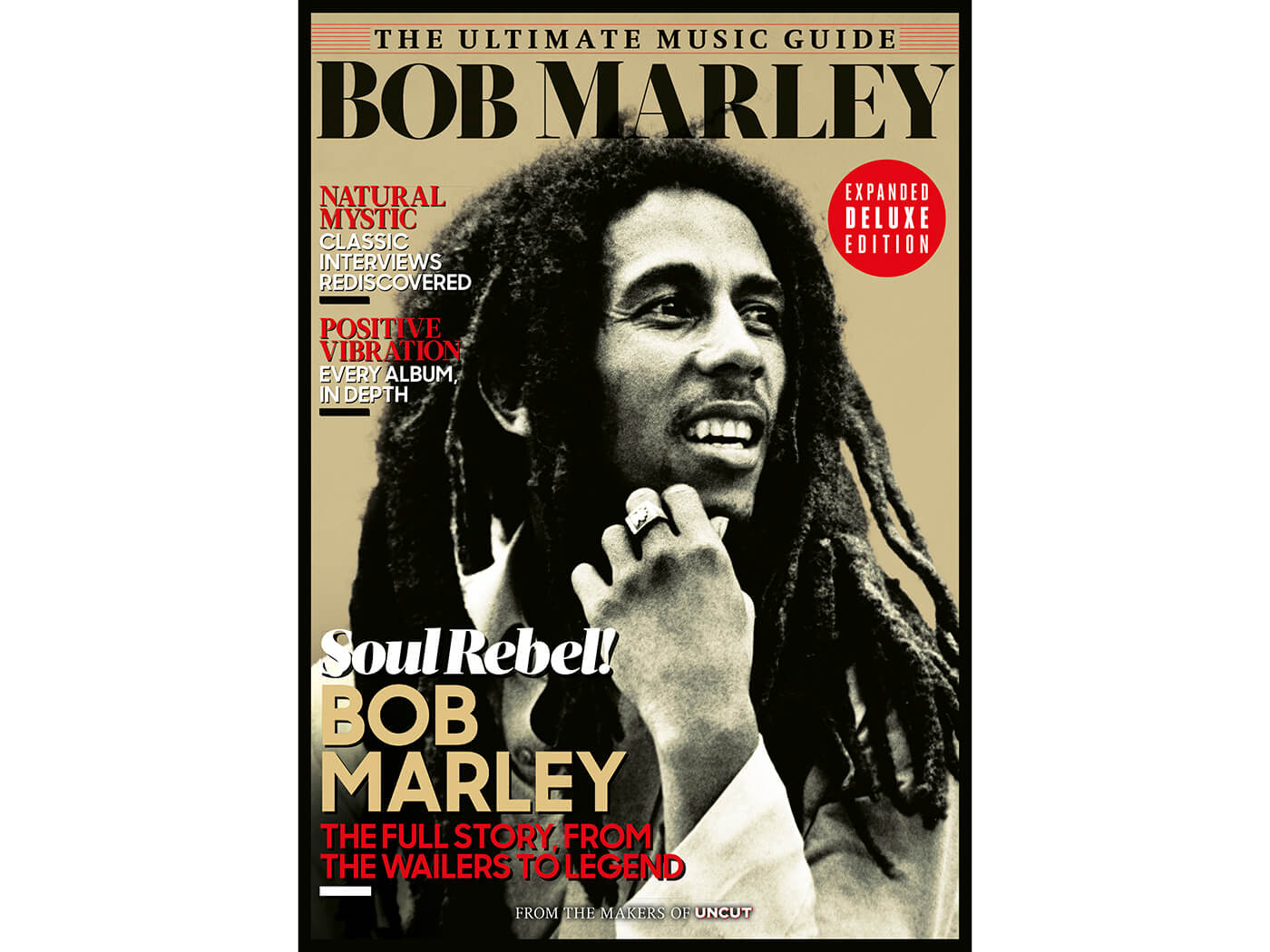



The Icon-Maker. The New Yorker, Feb. 15 and 22, 2021.
This is a piece I first started writing in 1993, on the occasion of the American publication of Andrei Tarkovsky’s diaries, and then set aside. The year 2020 felt like the right time to resume. I first saw the director’s films at the Harvard Film Archive in the late 1980s, when the indomitable Vlada Petric was in charge of the programming. I revisited them mainly by way of the Criterion Collection, which has crisp and richly supplemented editions of Ivan’s Childhood, Andrei Rublev, Solaris, and Stalker. The Ivan issue throws in Tarkovsky’s elegant VGIK graduation film, The Steamroller and the Violin. (Two earlier student films, The Killers and There Will Be No Leave Today, circulate on YouTube, although only the true obsessive will glean much from them.) A new restoration of Mirror is now streaming from Film at Lincoln Center. Kino Lorber has reissued Nostalghia and Sacrifice. If you have a subscription to Criterion Channel, you can not only see Ivan, Rublev, Solaris, and Stalker but also explore the work of Tarkovsky’s Soviet-era colleagues: some highlights are Mikhail Kalatozov’s pathbreaking The Cranes Are Flying; Larissa Shepitko’s spellbinding WWII film The Ascent; Sergei Parajanov’s wildly imaginative The Color of Pomegranates; and Elem Klimov’s Come and See, a war film of shocking and crushing power.
The Tarkovsky literature is considerable. The essential book is Vida T. Johnson and Graham Petrie’s The Films of Andrei Tarkovsky: A Visual Fugue (Indiana UP, 1994). It is valuable both for its keen, clear-eyed analysis and for its fastidious summaries of the films, which shed much light on their more oblique passages. Another excellent starting point is Geoff Dyer’s Zona: A Book About a Film About a Journey to a Room (Vintage, 2012), which bores deep into the riddles of Stalker. Tarkovsky’s two published books, Sculpting in Time and Time after Time: The Diaries, are mesmerizing on every page, even if certain of the director’s grandiose musings on time and fate grow stale on re-reading. Both are translated by Kitty-Hunter-Blair. (Incidentally, this blog’s inaugural entry, posted back in 2004, came from the diaries: “I have four razors and a dictaphone.”) In 2004, Thames & Hudson published Instant Light, a collection of Tarkovsky’s Polaroids, which are, inevitably, more mysterious and stupendous than anyone else’s Polaroids. John Gianvito has edited a compendium of Tarkovsky interviews (University Press of Mississippi, 2006).
I also consulted Mark Le Fanu’s The Cinema of Andrei Tarkovsky (BFI, 1987); Marina Tarkovskaya’s About Andrei Tarkovsky (Progress Publishers, 1990); Peter Green’s Andrei Tarkovsky: The Winding Quest (Macmillan, 1993); Natasha Synessios’s Mirror (Tauris, 2001); Robert Bird’s Andrei Rublev (BFI, 2004); Gunnlaugur A. Jónsson and Thorkell Á. Óttarsson’s essay collection Through the Mirror Reflections on the Films of Andrei Tarkovsky (Cambridge Scholar Press, 2006); Nathan Dunne’s lavishly illustrated anthology Tarkovsky (Black Dog, 2008); Robert Bird’s Andrei Tarkovsky: Elements of Cinema (Reaktion, 2008); Nariman Skakov’s The Cinema of Andrei Tarkovsky: Labyrinths of Space and Time (Tauris, 2012); Phoebe Pua’s Compositions of Crisis: Sound and Silence in the Films of Bergman and Tarkovsky (Ph.D. diss., Australian National University, 2013); Tobias Pontara’s Andrei Tarkovsky’s Sounding Cinema: Music and Meaning from “Solaris” to “The Sacrifice” (Routledge, 2019); and, just out from Edinburgh University Press, Sergey Toymentsev’s anthology ReFocus: The Films of Andrei Tarkovsky.
Other useful sources were Gilles Deleuze’s commentaries in Cinema 2: The Time Image, trans. Hugh Tomlinson and Robert Caleta (University of Minnesota Press, 1989); P. Adams Sitney’s The Cinema of Poetry (Oxford, 2014); Steven Dillon’s The Solaris Effect: Art and Artifice in Contemporary American Film (University of Texas Press, 2006); Peter Green’s “Apocalypse and Sacrifice,” Sight and Sound 56:2 (1987), pp. 111–18; Roger Hilman’s “Tarkovsky’s Odes to . . . Joy?,” Slavic and East European Performance 17:3 (1997), pp. 30–36; Boris Natanovich Strugatsky and Erik Simon’s “Working for Tarkovsky,” Science Fiction Studies 31:3 (2004), pp. 418–20; Robert Bryan’s “Lighting Boris Godunov with Andrei Tarkovsky,” Opera Quarterly 26:1 (2010), pp. 122–28; and John A. Riley’s “Hauntology, Ruins, and the Failure of the Future in Andrei Tarkovsky’s Stalker,” Journal of Film and Video 69:1 (2017), pp. 18–26. An especially fascinating document is Stan Brakhage’s “Brakhage Meets Tarkovsky,” Chicago Review 47/48 (2001–2002), pp. 42–46, which describes Tarkovsky’s almost comically rude response to the great experimental filmmaker. One of the most haunting pieces ever written about the director is Robert Bird’s “The Omens: Tarkovsky, Sacrifice, Cancer,” which Apparatus published last year. I knew Robert over e-mail and was planning to reach out to him as I set to work on this article. I was saddened to discover that he had died in September, at the age of fifty.
I frequently visited the Nostalghia website, whose trove of Tarkovskiana includes passages from the diaries that are not available in the standard English edition. I also browsed a cache of YouTube videos uploaded by Charles M. Here you can see various interviews with the director, behind-the-scenes footage, documentaries in several languages, a glimpse of Tarkovsky’s funeral, his occasional acting appearances, and interviews with his associates. Among the oddities on offer is a snippet of film showing Tarkovsky touring Monument Valley in 1983. This was his only American visit, the result of an invitation from the Telluride Film Festival. That appearance went poorly, with Tarkovsky’s haughty strictures against Hollywood alienating American filmmakers and inspiring a protest from none other than Richard Widmark. In 2008, Jim Emerson wrote an amusing account of the brouhaha for Roger Ebert’s blog.
Tarkovsky has a potent appeal among musicians and composers. When I interviewed Alfred Schnittke in 1994, I couldn’t resist asking about his great contemporary. Schnittke said: “Unfortunately I never worked with him. I would be happy if that were true, if that had actually happened. It had been a dream of ours, but it never actually happened.” Toru Takemitsu, Luigi Nono, Gyorgy Kurtág, Wolfgang Rihm, and Beat Furrer all wrote works in Tarkovsky’s memory; Claudio Abbado presented four of those pieces at a Wien Modern concert in 1991 and recorded them for DG. Paul Griffiths reviewed the disc insightfully for the New York Times. It was Abbado who enticed Tarkovsky into the opera house, for a production of Boris Godunov at Covent Garden in 1983. The staging was later re-created at the Mariinsky and released on video, though its impact was diminished in the process. The most potent image is a pendulum that swings at the back of the stage in several scenes; when I saw it, I thought of the swinging censer in Andrei Rublev (see the third freeze frame above). At the time of his death, Tarkovsky was preparing to return to opera, again at Covent Garden. The piece? Wagner’s Flying Dutchman.
Much thanks to Anya Kordunsky, Daniel Zalewski, David Remnick, Nico Chapin, Vida Johnson, and Mikhail Ratgauz.











